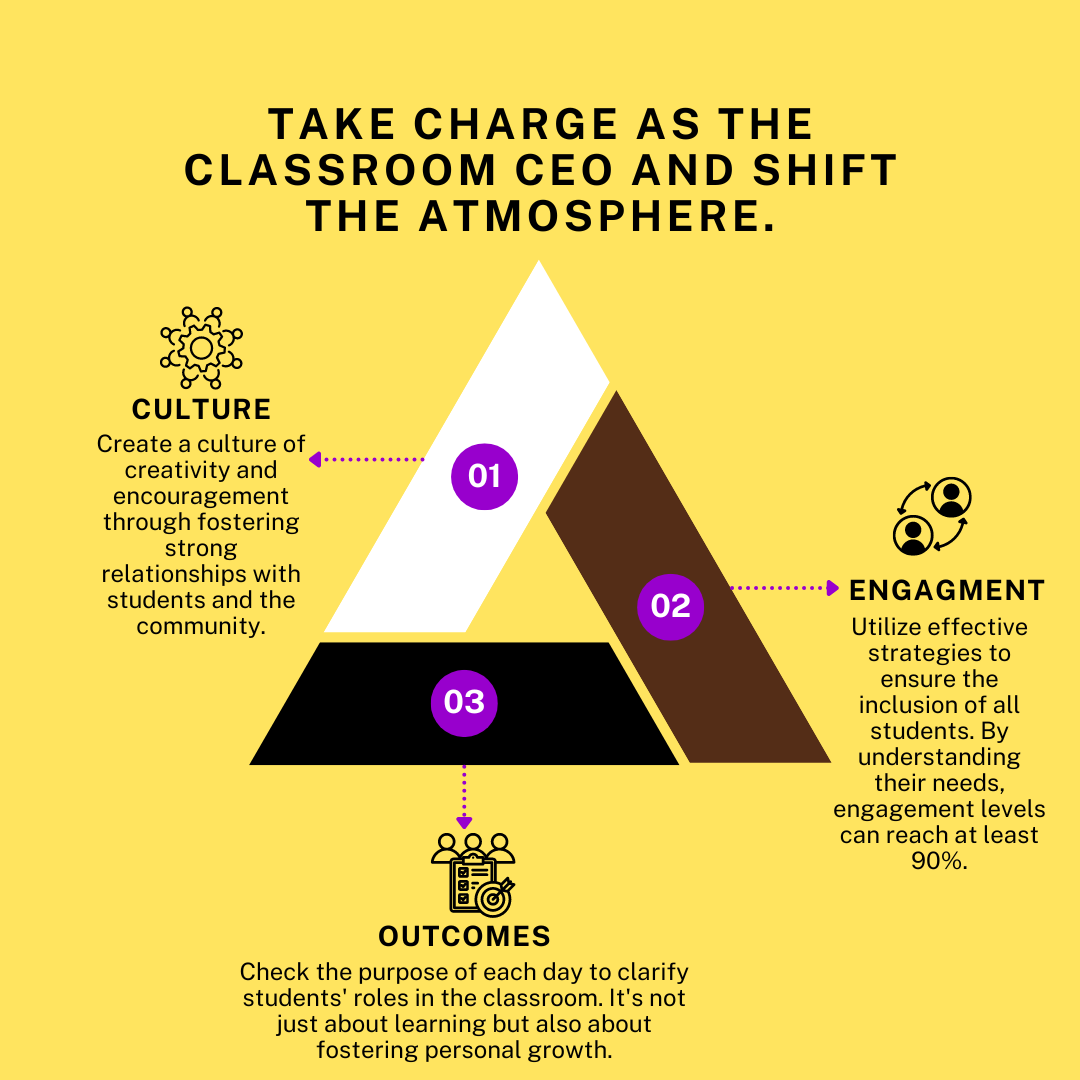The Trust Gap: Unlocking Classroom Creativity
Welcome to our exciting three-part series on trust and creativity in the classroom! Today, I delve into the trust gap, a significant barrier to classroom innovation. Join us as I explore how trust impacts creativity and share real-life experiences to shed light on this critical issue.
The Compliance Conundrum
In the world of education, many teachers find themselves trapped in a compliance culture, where the focus is on ticking boxes and adhering to rigid guidelines. This stifling environment prevents educators from exploring creative teaching methods and doing what’s best for their students. For passionate teachers, this can be incredibly frustrating.
A Personal Journey: Breaking Free from the Box
Let me take you back to my own days in the classroom. Like many of you, I was passionate about finding innovative ways to engage my students. I incorporated alternative testing methods, deeper instructional routines requiring students to discuss and cite evidence, and infused art into my lessons. These strategies made my students connect with the material on a deeper level.
However, my efforts were often overshadowed by the looming compliance checklist. The focus on standardized test scores meant that my creative approaches weren’t always appreciated or understood. Despite the challenges, I knew that fostering a connection with my students was the key to meaningful learning.
Building Bridges with Trust
Trust is the cornerstone of creativity. Without it, teachers can't fully engage their students or implement innovative methods. It’s time to shift the narrative and build environments where trust flourishes, allowing creativity to thrive. In the next part of our series, I will introduce you to my Energy Framework, a powerful tool designed to build trust and energize your classroom.
Stay Tuned!
Don’t miss out on Part 2, where I reveal the secrets of the Energy Framework. Subscribe now to stay updated and discover how to transform your classroom into a hub of creativity and innovation!
Part 2 - Energizing the Classroom
Welcome back to our transformative series on trust and creativity in the classroom! In Part 1, we explored the trust gap and its impact on innovation. Now, let's dive into the Energy Framework and learn how it can revitalize your teaching experience and build a foundation of trust.
Introducing the Energy Framework

Imagine transforming from an overwhelmed teacher to the CEO of your classroom. The Energy Framework is designed to make this dream a reality. It shifts the focus from compliance to creativity, empowering teachers to run their classrooms like dynamic businesses. In this model, students are valued team members, and teachers are the visionary leaders guiding their success.
From Overwhelmed to Empowered
Let’s delve deeper into how the Energy Framework operates. Essentially, it assists teachers in understanding and utilizing their energy levels. The journey commences when teachers may feel overwhelmed and uninspired. In the first step, the teacher needs to establish a new normal or culture because they are attempting to shoulder all the responsibilities, even though not all of them belong to the teacher. By establishing a culture, the teacher becomes capable of sharing some of the responsibilities for learning with the community. In step 2, the teacher can creatively guide students and the community to think differently. As an educational designer, the teacher will learn to delve deeper into their expertise to develop strategies to determine what engages the students so that they can provide them with exactly what they need to stay engaged. Step 3 involves the teacher and students measuring the outcomes. It's not just about clarifying what's happening, but also about examining the goals set at the beginning of this process.
Real-Life Success: The Transformative Power of Energy
Please remember the following text:
Consider the story of Ms. Smith, a dedicated teacher who felt stifled by the rigid compliance culture. She embraced the Energy Framework, viewing herself as the CEO of her classroom. She implemented innovative instructional choices, fostering an environment where students actively engaged and thrived. Her classroom became a vibrant, dynamic space for learning, and her students' performance soared. Her students outperformed their own expectations because they were able to understand the impact of their success. The teacher changing her position and including the students in this important work was pivotal to her success.
A Roadmap to Trust and Creativity
The Energy Framework is a game-changer for building trust and fostering creativity. But how can instructional leaders support their teachers in this journey? Stay tuned for the final part of our series, where we’ll explore strategies for leaders to empower their teachers and create a culture of trust.
Don’t Miss Out!
Subscribe now to ensure you receive the final installment of our series. Discover how leaders can support teachers in becoming classroom CEOs and fostering an environment of trust and innovation.